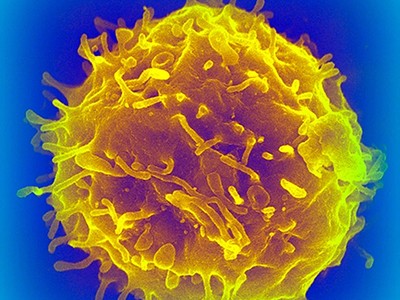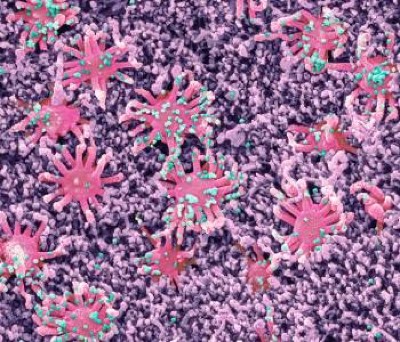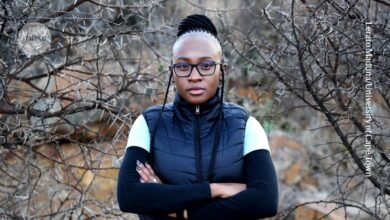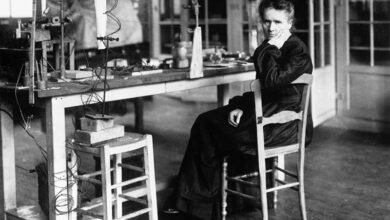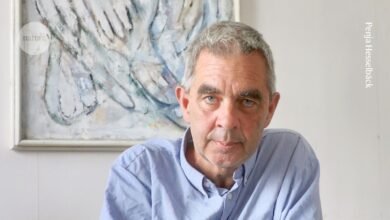Your nose has its own army of immune cells — here’s how it protects you
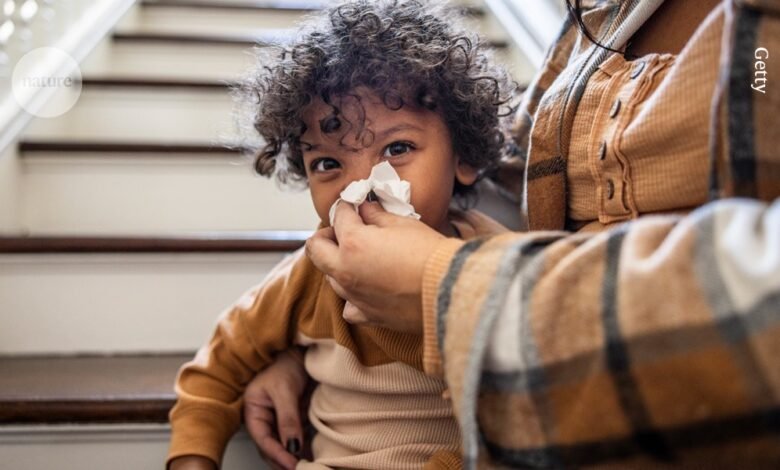
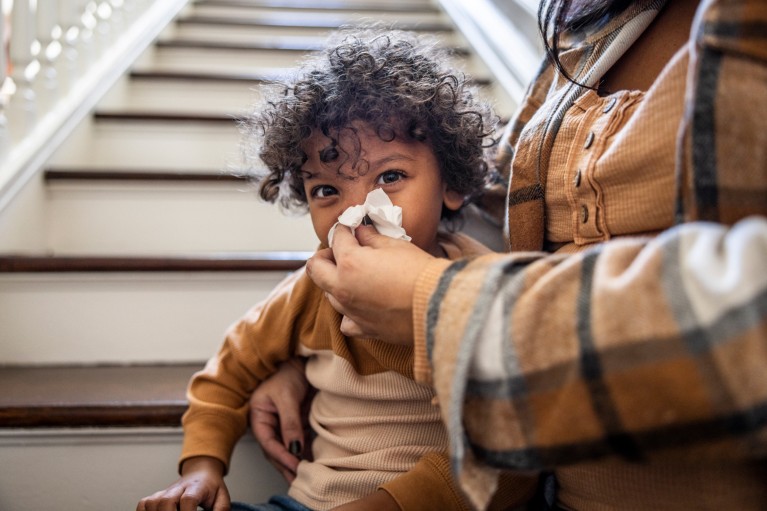
The nose knows: immune cells in the nasal passageways stand ready to produce antibodies against incoming pathogens.Credit: Getty
The nose is home to a host of long-lived immune cells that stand ready to fend off viral and bacterial infections, according to the most detailed look to date at the immune players that make up the first line of defence for the lungs1.
The findings, published on 31 July in Nature, show that the nose and upper airway — which includes the mouth, sinuses and throat but not the windpipe — serve as key training grounds where immune cells ‘memorize’ intruding pathogens. These memories allow the cells to defend against future attacks by similar microorganisms. The data could speed up development of mucosal vaccines, administered through the nose or throat, which immunologists say could be more effective than vaccines injected into muscles.
This “exciting study” shows that an “arsenal of immune cells capable of fighting off respiratory infections” can be reliably detected in the upper airways of both young adults and older people, who typically have weaker immune responses, says Linda Wakim, an immunologist at the University of Melbourne in Australia, and who was not involved with the research.
On the nose
Previous research on the immune system has focused on immune cells in the blood and lower airways, primarily because these regions are relatively accessible through blood draws and some types of biopsy and organ donation, says study co-author Sydney Ramirez, an infectious-disease physician and immunologist at the La Jolla Institute for Immunology in California.
How to make an old immune system young again
Then came the COVID-19 pandemic and the emergence of variants, such as Omicron, that proliferate with high efficiency in the upper airway. These developments prompted Ramirez and her colleagues to find ways to sample and better understand how immune cells in the upper airways interact with pathogens and develop immune memory.
The team turned to nasopharyngeal swabs, which can reach the back of the nose and were widely used in high-income countries for SARS-CoV-2 tests. The researchers swabbed about 30 healthy adults every month for more than one year to see how their immune-cell populations changed over time. They found millions of immune cells in these samples, including cells that provide immune memory.
Nasal defence force
The researchers also learnt that they could swab hard-to-reach immune organs called the adenoids, which are tucked away at the back of the nose. These organs analyse inhaled air and contain structures called germinal centres. These structures, which are also found in other immune tissues, act as training camps where the immune agents called B cells learn to make effective antibodies.
Adenoids shrink in adulthood, yet the researchers found active germinal centres in the adenoids of study participants of all ages — findings that should be “reassuring for all of us over 20 years old”, Ramirez says. The researchers also inadvertently found evidence of these germinal centres’ effectiveness: several participants contracted COVID-19 during the study, and the researchers found that these participants’ noses hosted B cells that specialize in targeting SARS-CoV-2.
Could a nose spray a day keep COVID away?
Germinal centres are typically active only during and shortly after acute infection or immunization, yet the authors found active germinal centres even when participants didn’t report feeling sick. Using this new swabbing technique, researchers might soon understand what’s driving the centres’ activity and how SARS-CoV-2 infection shapes these immune responses, says Donna Farber, an immunologist at Columbia University in New York City, who was not involved with the study.
These findings can also offer a “very valuable” quantitative method to measure the changes in immune response after vaccination, particularly to test intranasal vaccine candidates, Farber says. But she adds that they also show how high a hill there is to climb: if the immune system is constantly active in the upper airways, pre-existing antibodies might block the protective effects of intranasal vaccines.

